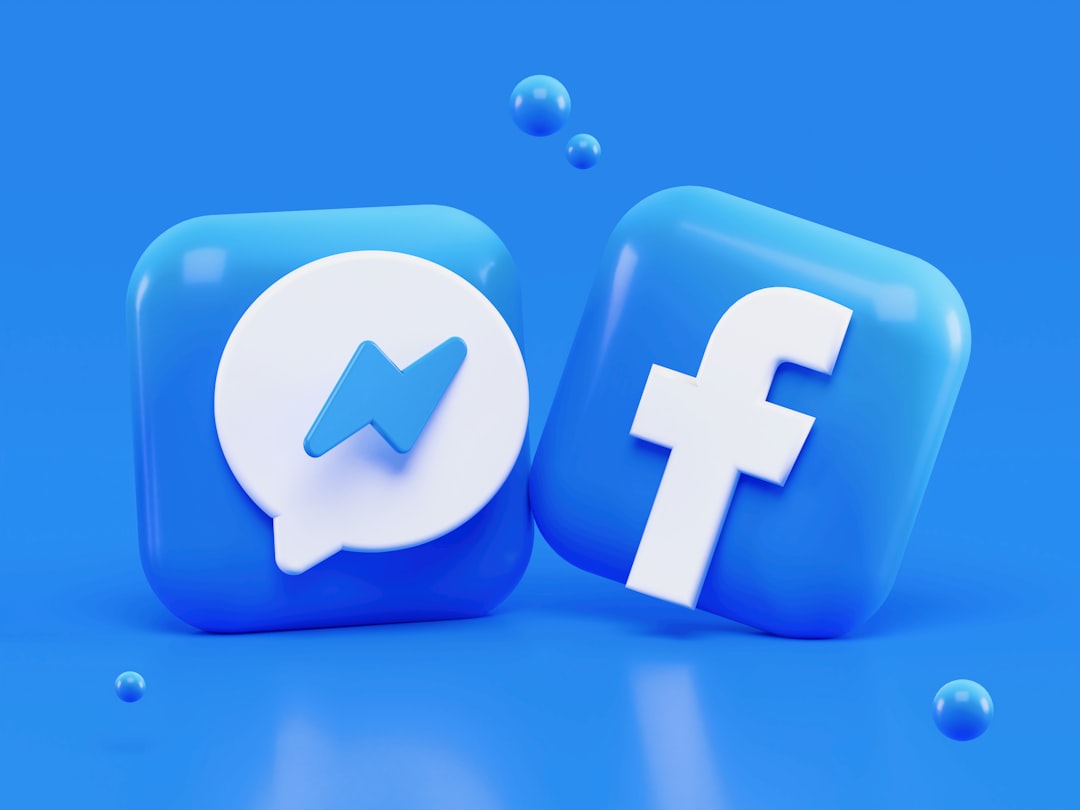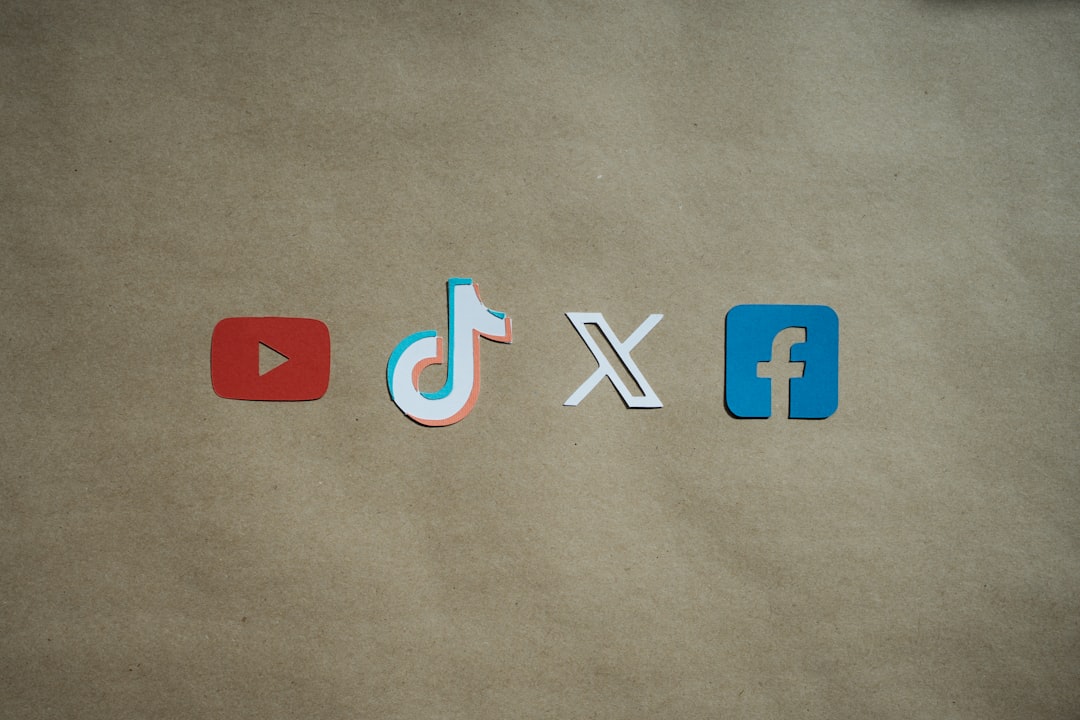

Engage prospects with a scan and streamline customer engagement with FREE QR code marketing tools by Sona – no strings attached!
Create a Free QR CodeFree consultation

No commitment

Engage prospects with a scan and streamline customer engagement with FREE QR code marketing tools by Sona – no strings attached!
Create a Free QR CodeFree consultation

No commitment
Social media marketing agencies face mounting challenges in today’s digital ecosystem, where delivering measurable ROI is expected but notoriously complex. While digital analytics promise clear attribution, the reality is that high-value prospects often slip through the cracks, especially when offline interest, such as event participation or physical print engagement, goes untracked. Agencies frequently wrestle with unrecognized high-value leads who never submit a form or get captured in the CRM, leading to missed opportunities and underreported campaign success.
Bridging the gap between offline touchpoints and digital tracking is critical. QR codes have stepped in as a timely solution, allowing agencies to transform every brochure, event badge, or out-of-home advertisement into a direct, trackable digital interaction. With QR code marketing, agencies reduce manual errors, sharpen conversion attribution, and capture new engagement data in real time without complicating the user journey.
Integrating QR codes into omnichannel campaigns lets agencies connect previously fragmented data sources, create a unified view of customer engagement, and address blind spots in attribution. The result is a holistic, measurable campaign that improves lead capture and powers more precise audience segmentation and intent data-based targeting. This guide outlines how agencies can leverage QR codes to turn offline interactions into clear digital outcomes and uncover the true impact of their marketing efforts.

Traditional processes such as handing out paper brochures, using static sign-up forms at trade shows, or collecting business cards often fail to record the intent of high-value prospects who never make it into the digital funnel. This disconnect hampers a unified view of engagement and stalls pipeline progression. Agencies that embrace QR codes replace guesswork with direct, actionable signals that capture every moment of offline interest and reduce the risk of lost opportunities.
The fastest path to conversions is to map each physical touchpoint to a specific digital action. Replace paper with scan-to-experience moments that require minimal effort from the audience. For example, a scan on a conference badge can open a prefilled lead form, a scan on a print ad can route to a geo-targeted offer, and a scan on a piece of swag can launch a UGC submission or instant follow on social. These scans generate clean, structured data that fuels multi-touch attribution and timely follow-up.
Modern QR management platforms equip agencies to generate, assign, and track unique QR codes across every channel, consolidating interaction data from multiple touchpoints into a single reporting source. Tools like Sona QR make it simple to route scans to dynamic destinations, run A/B tests on landing pages, and sync scan data into CRMs and ad platforms. This turns previously anonymous or fragmented engagements into actionable results that lift conversions and prove ROI.

Agencies often struggle to connect the dots between physical world activity and digital outcomes. Untracked traffic from events or print can result in a significant portion of high-intent leads staying anonymous and unpursued, which skews ROI and limits campaign effectiveness. QR codes change this dynamic by converting every offline asset, from merchandise to direct mail, into a measurable gateway for digital action.
The appeal is straightforward. A QR code requires no app download, reduces friction at the moment of interest, and captures context that typical web visits lack. When tied to dynamic links and integrated analytics, QR codes transform brochures, packaging, billboards, and pop-up installations into conversion-friendly entry points that agencies can manage and optimize in real time. For broader context on adoption and impact, see these QR marketing insights.
This is especially important for agencies managing fragmented or multi-domain campaigns, where engagement data often lives in silos. QR-enabled touchpoints provide a common thread that links disparate interactions, creating a reliable backbone for attribution and budget decisions.

Selecting the right QR format is vital for maximizing flexibility and campaign insight. Agencies must choose formats that match the desired action, the physical environment, and the measurement strategy. Dynamic QR codes are often preferable because they allow destination edits, source tagging, and richer analytics without reprinting.
The most effective campaigns map each asset to a specific outcome. For example, a vCard on a business card helps VIPs save contact details instantly, a form-based code on a demo station collects qualified interest without manual input, and an app download code in a video ad routes users to the correct app store based on device. With a platform like Sona QR, teams can manage all of these in one place and retain control over tracking and optimization.
Dynamic codes are especially valuable for agencies that manage frequent creative updates across multiple clients. They support campaign rotations, time-of-day offers, region-specific pages, and channel tagging, all while consolidating results into a clear reporting view.

Sustained growth for agencies often depends on uncovering physical touchpoints where engagement has historically gone unmeasured. By placing QR codes where audiences already spend attention, agencies convert passive moments into measurable conversions and enrich first-party data.
The key is to prioritize environments with high intent or high volume. Identify materials and locations that reliably reach your audience, then test offers and CTA copy that match their mindset. This approach turns overlooked touches into sources of qualified pipeline and insight.
Proactively seeking environments where campaign touchpoints are fragmented helps agencies uncover new sources of pipeline and actionable insight. QR codes provide the mechanism to measure, learn, and scale what works.

Lead Generation at Events: Historically, agencies have lost high-value leads at events when attendee interest was captured only with paper forms or business cards, which often led to inconsistent data and missed follow-ups. By placing QR codes on signage, session slides, and badges, agencies can direct attendees to mobile lead capture flows that prefill known fields and sync to the CRM in real time. This ensures every interaction is measured and routed to the right nurture sequence or salesperson.
Cross-Platform Promotions: Print ads and physical collateral used to offer little visibility into downstream impact. With QR codes, agencies transform these assets into digital engagement points that connect to UGC challenges, contests, waitlists, or gated content. For inspiration on creative ad integrations, explore how to integrate QR codes. Dynamic destinations enable continuous updates without reprinting, while UTM parameters overlaid by Sona QR illuminate the comparative ROI of each placement and creative variation.
Customer Review Capture: Agencies seeking post-purchase feedback have traditionally depended on manual reminders and inconsistent email follow-up, which produces partial or delayed sentiment signals. Adding a QR code to packaging, receipts, or customer thank-you cards channels buyers to a customized review portal or survey. Use this guide to generate Google reviews. Structured rating prompts and open text capture help teams quantify satisfaction quickly, funnel happy customers into referral programs, and triage issues before they escalate publicly.
These use cases share a common pattern. Each creates a direct line from offline engagement to a measurable digital action. They also provide enough context to segment and score leads. For example, a scan from a VIP badge at a conference can be tagged differently than a scan from a poster in a coworking space, enabling more relevant content and faster conversion.
Many agencies struggle to profile and nurture audiences discovered through offline engagement, which leads to missed retargeting and lookalike modeling opportunities. Each QR scan, however, is a distinct moment of intent that provides context for segmentation and follow-up. Capturing that context at the point of scan is the difference between anonymous traffic and a structured audience program.
A simple framework can help. Deploy multiple codes across touchpoints that match your funnel stages, tag scans with channel and creative metadata, and sync those segments to your CRM and ad platforms. With Sona QR, each code can carry persistent parameters for audience names, offer IDs, and location. This allows you to automate nurture flows and create precise retargeting audiences based on what, where, and when someone scanned. For execution ideas, see Sona’s playbook on intent-driven retargeting.
Passing enriched scan data into CRM and ad platforms overcomes the challenge of data silos. Agencies can automate lead scoring, update lifecycle stages, and orchestrate retargeting across Meta, LinkedIn, and search. Practical distinctions within social media marketing include differentiating scanners as attendees vs. sponsors vs. press at events, or consumers vs. influencers vs. partners during promotional activations. Each audience group benefits from a tailored follow-up sequence that references their context and intent.
A piecemeal approach to QR implementation risks further fragmenting data, leaving agencies unclear about which offline assets accelerate conversion. By weaving QR codes into every campaign layer, agencies unify customer journeys and consolidate performance reporting. QR touchpoints become consistent entry doors that move people from awareness to action while revealing which creative, placement, and offer combinations work best.
To integrate effectively, map codes to your existing channels and workflows. Ensure that each scan lands on a mobile-first destination with clear next steps, and that scan events trigger downstream actions like email confirmation, ad audience updates, or sales notifications. With a centralized platform like Sona QR, you can manage code libraries across clients, use folders and tags for governance, and sync with CRMs to keep sales and marketing alignment tight.
Centralizing QR tracking counteracts common problems like data silos and disjointed reporting. Over time, agencies build a connected offline-to-online funnel that supports rigorous experimentation, faster iteration, and more accountable ROI.
QR campaigns work best when they are treated like any other performance program. Clarity on goals, user experience, measurement, and iteration is essential. Use the following checklist to plan and launch a scan-to-conversion journey that captures demand at the source.
Teams that conduct lightweight pilots across several placements often learn the fastest. Start small with two or three high-traffic assets, instrument everything, and be ready to adapt destinations and CTAs in real time as insights emerge.
A disciplined checklist approach ensures that every code is purposeful, measurable, and tied to revenue. Over time, your code library becomes a strategic asset that speeds campaign launches and standardizes reporting across clients.
While basic QR codes only log the number of scans, the true value emerges when agencies can trace each interaction to business outcomes. Standard analytics often stop at page views, which obscures the impact of offline placements. Agencies need visibility into which channel, event, or promo drove engagement, which contacts took action next, and how those actions influenced pipeline and revenue. For strategic context, review this guide to offline attribution.
Modern campaign tools now allow agencies to connect every scan with detailed analytics and CRM data. With Sona QR and Sona.com, you can capture and enrich scan events, resolve anonymous interactions into known contacts, and attribute revenue to the original moment of offline engagement. To turn unknown visits into qualified leads, see Sona’s primer on account identification. This transforms QR programs into a core component of performance marketing rather than a peripheral tactic.
Start creating QR codes for free at Sona QR.
Scaling QR success requires consistent execution and a focus on the user’s moment of intent. That means making scans compelling, easy, and immediately valuable. It also means training staff and clients to promote the reason to scan, not merely the presence of a code.
Choose the tactics that match your most common media and workflows. Social media marketing agencies often operate at events, in OOH, and through direct mail or influencer kits. Each channel benefits from a slightly different approach to design, CTA, and follow-up.
Creative deployments often yield outsized returns. Consider QR codes on influencer seeding packages that unlock early access content, codes on limited-run posters that route to city-specific events, or loyalty cards with rotating perks tied to monthly scan streaks. For agencies that manage client invoices or proposals, add a QR link to a custom video walkthrough or booking calendar to speed signatures and follow-ups. For broader perspective on adoption and results, explore these QR usage trends, community takes on QR in social, and industry marketing solutions.
For social media marketing agencies, QR codes are no longer just a tactical novelty. They are a strategic lever for closing attribution gaps, connecting previously untracked prospects, and delivering complete campaign measurement. By weaving QR-driven engagement into every touchpoint, agencies achieve a unified view of the customer journey that enables sharper segmentation, more accurate ROI reporting, and smarter resource allocation. With Sona QR for generation and tracking, and Sona.com for identity resolution and attribution, agencies can ensure that every scan counts toward measurable, scalable growth.
The best social media marketing agencies don’t just create campaigns—they drive measurable conversions. QR codes empower agencies to acquire new clients, enhance audience engagement, and track campaign performance with precision. Instead of guessing which social posts or ads generate leads, imagine knowing exactly who scanned your codes, when, and how they interacted next.
Sona QR makes it effortless to build and manage dynamic, trackable QR codes that update instantly without reprinting. This means agencies can optimize campaigns in real time, connect offline interactions to online conversions, and demonstrate clear ROI to clients. Start for free with Sona QR today and turn every scan into a powerful conversion opportunity.
Agencies can integrate QR codes by mapping each physical touchpoint to a specific digital action, deploying QR codes on materials like event badges, brochures, and direct mail, and managing codes through platforms like Sona QR to track, optimize, and sync scan data with CRMs and ad platforms.
QR codes bridge offline and online interactions, reduce friction for users, enable real-time tracking and attribution, allow dynamic content updates, increase data accuracy, enhance lead capture, and provide measurable ROI across fragmented campaign channels.
QR codes create instant, low-friction connections from offline assets to digital experiences, enabling users to access offers, submit content, follow social profiles, or complete lead forms, which increases engagement and provides agencies with actionable customer intent data.
Successful use cases include lead generation at events by using QR codes on badges and signage to capture attendee data, cross-platform promotions converting print ads into digital engagement points, and customer review capture by adding QR codes to packaging or receipts directing buyers to surveys or review portals.
Businesses can use QR management platforms like Sona QR to track scan data by time, location, device, and source, sync scans to CRMs, perform multi-touch attribution, run A/B tests on destinations, and analyze channel-specific performance to optimize campaigns and attribute revenue accurately.
Use Sona QR's trackable codes to improve customer acquisition and engagement today.
Create Your FREE Trackable QR Code in SecondsJoin results-focused teams combining Sona Platform automation with advanced Google Ads strategies to scale lead generation

Connect your existing CRM

Free Account Enrichment

No setup fees
No commitment required

Free consultation

Get a custom Google Ads roadmap for your business






Launch campaigns that generate qualified leads in 30 days or less.
